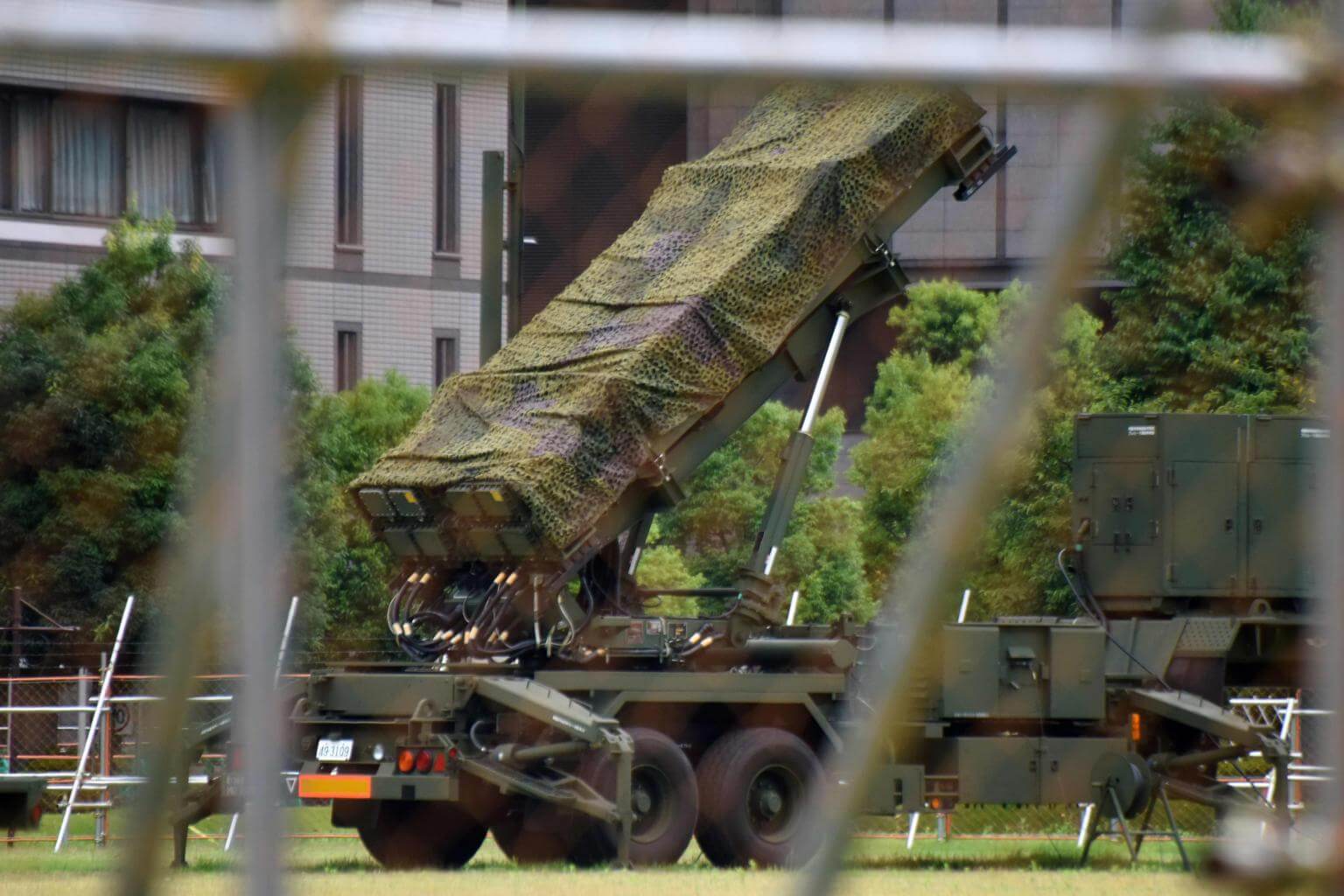Japan considering new ground-based missile defence system to deal with North Korea threat
Sign up now: Get insights on Asia's fast-moving developments

A Japanese Self-Defence Force Patriot Advanced Capability-3 (PAC-3) missile interceptor is deployed outside the Defence Ministry headquarters in Tokyo, on Aug 11, 2017.
PHOTO: AFP
Follow topic:
TOKYO - Japan is considering the introduction of a new ground-based missile defence system in response to the North Korean threat, local media reports said on Thursday (Aug 17).
This additional layer - known as the "Aegis Ashore" system - will supplement a defence that Tokyo has acknowledged could be woefully inadequate.
The Nikkei Asian Review said that Japanese Defence Minister Itsunori Onodera will sound US counterpart James Mattis out on the plans to deploy the US-developed "Aegis Ashore" system as a third layer for Japan's defence when they meet in Washington on Thursday (Thursday night, Singapore time).
The Defence Ministry will also provisionally request for the planning costs for its deployment to be included in the budget for the next fiscal year, Nikkei said.
Mr Onodera and Mr Mattis are slated to meet in Washington along with Japanese Foreign Minister Taro Kono and US Secretary of State Rex Tillerson for high-level talks, with North Korea high on the agenda.
This comes as North Korea has shown advancements in its ballistic missile and nuclear programme that it claims to be its defence posture.
Last week, it threatened to lob a volley of four missiles into waters around the United States territory of Guam, after US President Donald Trump said he will unleash "fire and fury the world has never seen" on the isolated North, which last month launched two intercontinental ballistic missiles (ICBMs).
The world is breathing a little easier this week as both sides dialled down their rhetoric, with North Korean leader Kim Jong Un saying he will wait "a little bit more". This came after Mr Mattis and Mr Tillerson stressed in a joint opinion piece in the Wall Street Journal on Sunday that the US was not interested in regime change.
The "Aegis Ashore", which Japan is now considering, is the land-based version of the Standard Missile-3 (SM-3) advanced radar units. Mounted on Aegis warships that are patrolling waters around Japan round the clock, these units can intercept ballistic missiles outside the earth's atmosphere up to an altitude of 500km.
Japan owns four destroyers equipped with this Aegis advanced radar system, two of which are currently being refitted. NHK reported on Thursday that Japan is mulling the adoption of an additional unit.
Separately, Japan also has 34 units of the Patriot Advanced Capability-3 (PAC-3) missile interceptor system, which has limited range: it can destroy targets at altitudes of only between 10km and 20km.
Japan last week deployed PAC-3 units in the western prefectures of Shimane, Hiroshima, Kochi and Ehime, following North Korea's detailed threat to fire missiles towards Guam.
Any missile fired by North Korea towards Guam will still be on its ascent as it flies over Japan, defence experts said, which means the SM-3 might stand a better shot of intercepting the rocket. But the PAC-3 can shoot down stray missiles that could land in Japan perhaps due to a mid-flight failure, as well as rocket debris.
Mr Onodera said last week that it is within the pacifist nation's constitutional rights to shoot down any missiles, as well as their debris, flying over Japan. He said Japan can legally intercept any missile that flies over its territory that could threaten its ally, the US, under its principle of collective self-defence, although some legal experts have reportedly disagreed.
Japan and the US agreed on Wednesday (Thursday, Singapore time) that the allies must avoid a contingency situation in responding to North Korea's threat, as Mr Kono and Mr Onodera met US National Security Adviser H. R. McMaster for an hour.
"Our countries share common awareness of the issues," said Mr Onodera after the meeting. "We hope to foster close communication at all levels."

